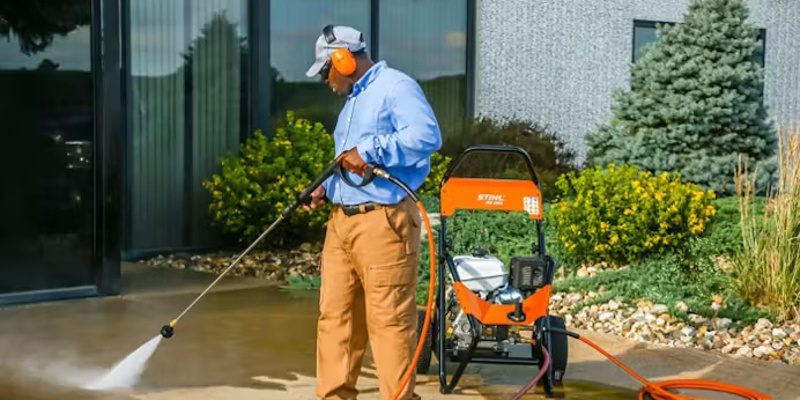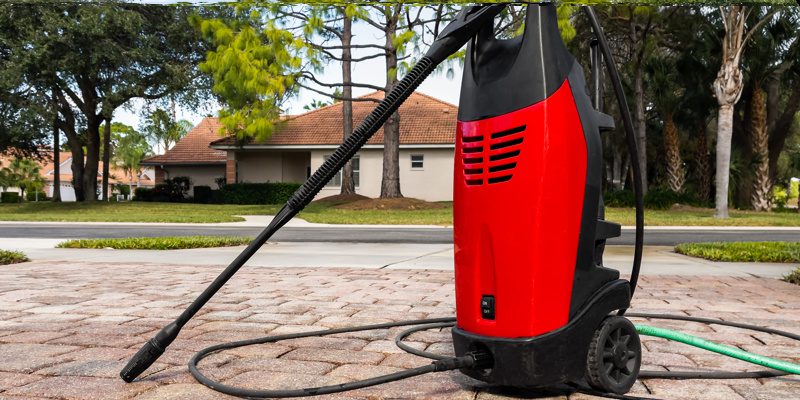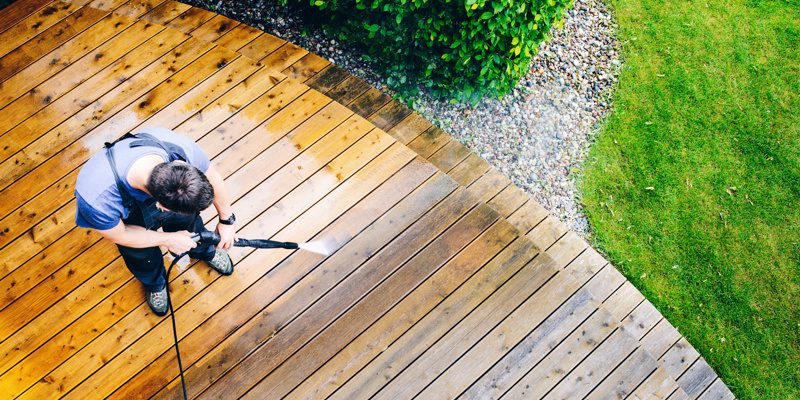Pressure washing is a great solution for removing dirt and grime from a variety of surfaces, from driveways to home exteriors. However, there are some surfaces that can be damaged by pressure washers, including windows, roof shingles, and some painted surfaces.
This guide from B & M Lawn & Garden offers a quick overview of surfaces you should avoid cleaning with a pressure washer. If you need more advice on pressure washing, please feel free to contact us! B & M Lawn & Garden is your trusted source for outdoor power equipment in Anaheim, CA, serving customers from Long Beach and San Bernardino.
Outdoor Furniture
While outdoor furniture is prone to getting dirty and discolored, you should avoid cleaning it with a pressure washer. The high water pressure can strip the finish off wood furniture, break glass furniture, and cause painted furniture to chip and peel. To preserve the condition of your outdoor furniture, make sure to clean it by hand using the appropriate cleaning products.
Interiors of Gutters
Cleaning your gutters is an essential home maintenance task, but it should never be done with a pressure washer. The high water pressure can damage PVC pipes and compromise their structure, potentially causing leaks. Always take the time to clean your gutters by hand.
Vehicles
Vehicle exteriors are not suitable for pressure washing, as the high water pressure can dent the metal and damage the paint job. Instead, check the manual that came with your vehicle for instructions on how to properly clean the exterior. The recommended method usually involves using a garden hose, a sponge or soft-bristle brush, and a gentle automotive detergent.
Painted Surfaces
Unless you intend to remove the paint, avoid cleaning painted surfaces with a pressure washer. Even if stripping the paint is your ultimate goal, keep in mind that the high water pressure may cause damage to the surface beneath the paint, potentially making it difficult to repaint.
Electrical Features
Electrical meters and panels, air conditioners, light fixtures, and other electrical features can be harmed by pressure washers. Even if they can be exposed to the elements, these items are not designed to withstand high water pressure. Water can seep into the cracks and ruin the electrical components, potentially creating a safety hazard. If you must operate a pressure washer in close proximity to electrical features, protect them with a tarp or cover.
This is an incomplete list, but we hope it gives you a sense of what kinds of surfaces are suitable for pressure washing. If you are not sure whether a particular surface can be cleaned with a pressure washer, you are always welcome to ask the experts here at B & M Lawn & Garden! You can find us in Anaheim, CA, near Long Beach and San Bernardino.


